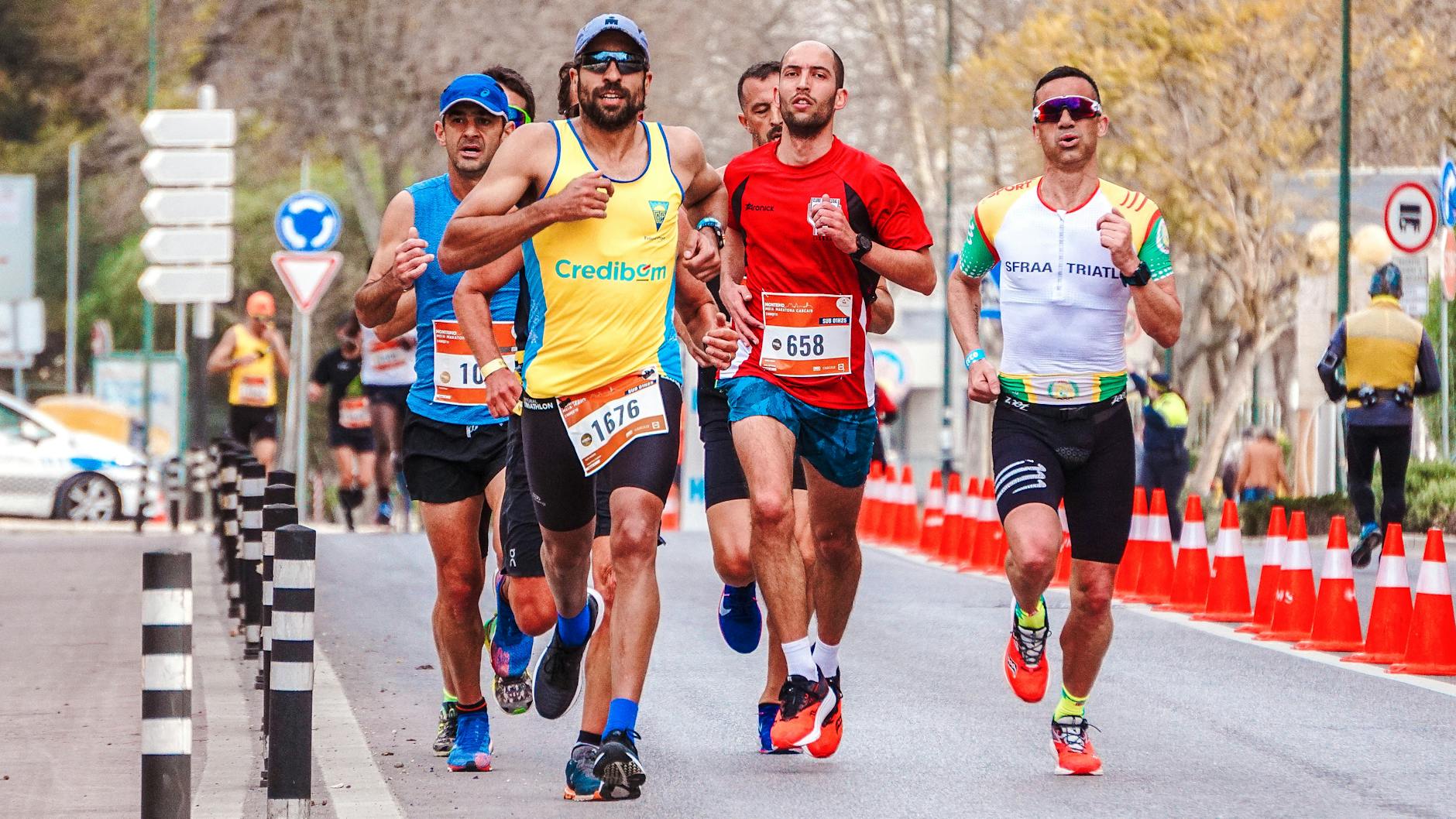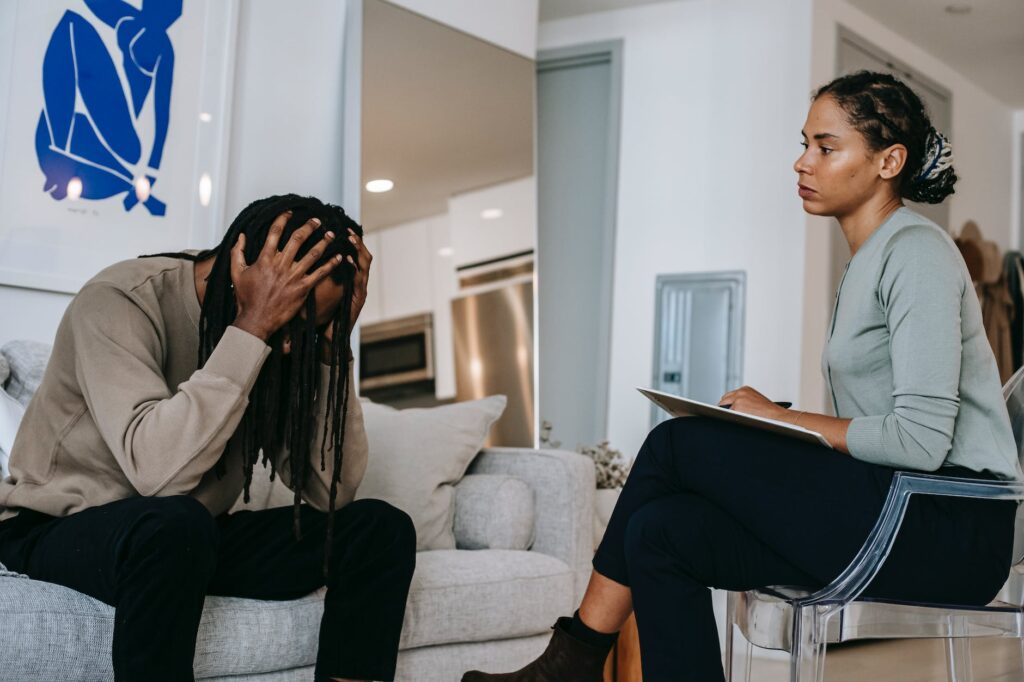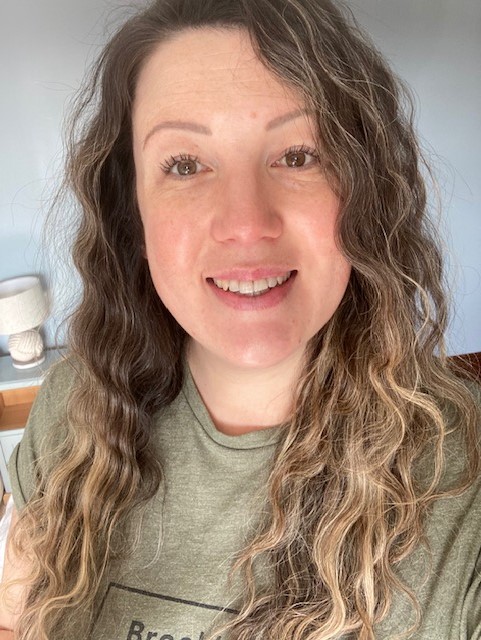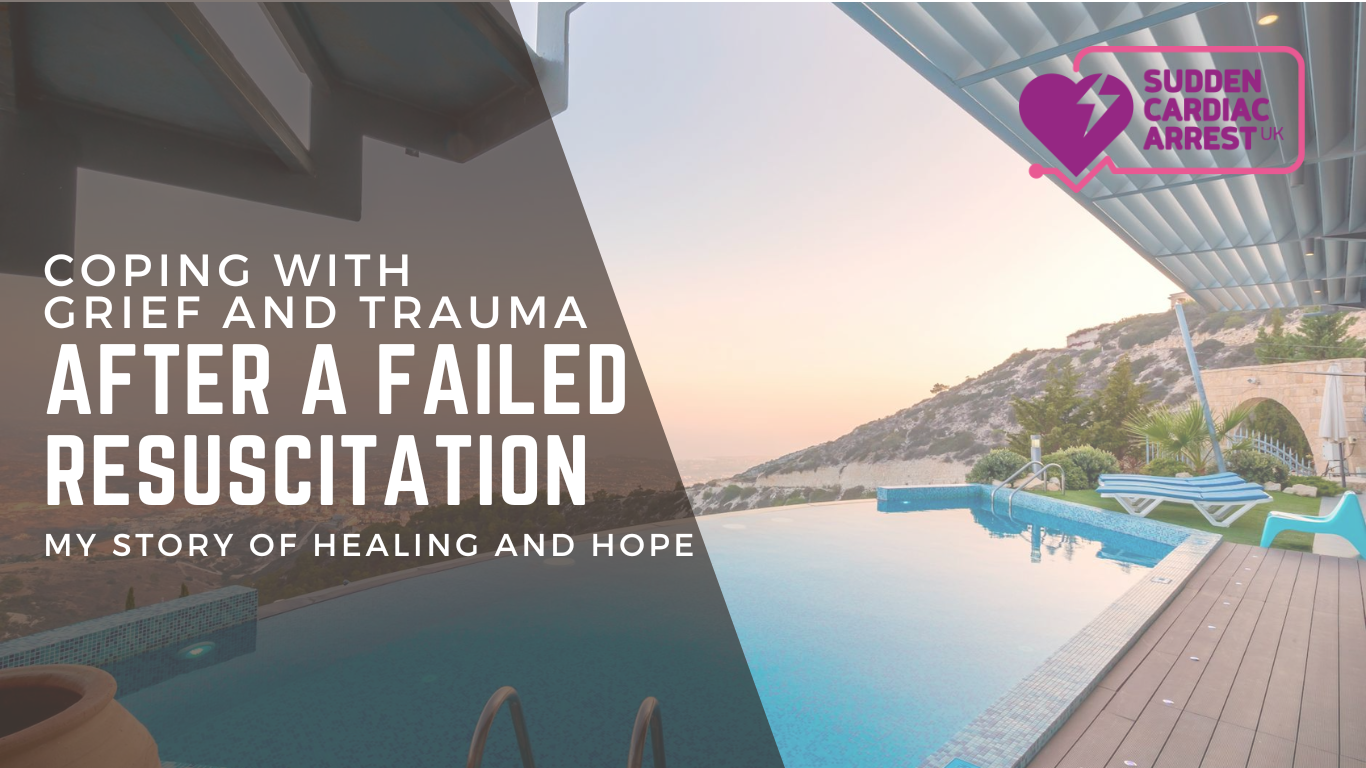Sharing my story feels therapeutic. It helps to talk. Talking is what helped me to eventually process what happened.
As part of my initial processing, I searched for stories I could relate to. A lot of things I came across, such as articles about CPR on a loved one, often had happy endings.
It didn’t feel fair.
I’d read about survival statistics, so I knew I wasn’t the only one who would have had a sad outcome.
For anyone who feels like this now, searching for validation following a failed resuscitation attempt of a loved one… I hear you.
You aren’t alone.
It’s hard, but you can feel better with time.
I hope my story helps.
Get Me Through

Why, during one of the happiest times, on a family holiday in Spain, can something so awful happen? There were 23 of us sharing a villa. On the 4th night of our holiday, my stepdad of 32 years went into cardiac arrest in the middle of the night. I was woken by my brother-in-law, who alerted me that something was wrong.
I have experience working in the NHS as an Occupational Therapist, so it made sense to come and get me for help. I’ve supported resuscitations at work and completed basic life support as mandatory training, so I had the skills and knowledge. But my goodness, trying to save the life of a parental figure is nothing like what I’ve ever experienced…
I dissociated.
That’s what got me through it at the time.
The adrenaline was on a whole new level.
I briefly became aware of it and I had to stop myself to try and calm my breathing. My heart pounding through my chest. I could feel it as high as my throat. But for the majority of the time, it was like an out-of-body experience for me. At one point, I said out loud,
“This is a nightmare!”
I just couldn’t work out if it was actually happening. I really hoped to wake up and it just be a dream.
Unfortunately due to the location of the villa the ambulance took 40 minutes to arrive.
My brother and my husband helped with the CPR.
It was exhausting.
The Outcome

We rotated every few minutes but towards the end we were having to swap over more frequently due to the fatigue.
I stayed in the room the whole time, I felt responsible and tried to ignore the chaos happening outside of the room with the other family members. We needed to keep the compressions effective until help came.
By the time the ambulance arrived, we knew there was nothing that could be done but we fought until they took over and they made that decision. I knew this would be the outcome. I just couldn’t be the one to call it.

My body over the next week felt like I had run a marathon and I couldn’t lift my arms without being in pain and being reminded what had happened. The skin on my knees was broken from kneeling on the tiled floor for so long. I didn’t feel the pain at the time, adrenaline masking it.
After we got home after the holiday, it hit me.
Like a brick.
I had never known that you could feel grief as a physical pain.
But I did.
Alongside this, the mental replay of what happened tormented me. It ran through my mind multiple times a day. It didn’t feel real, but the physical anxiety symptoms I had when reliving the trauma in my head felt like it was constantly happening over and over again. That made it feel real.
I couldn’t forget.
It felt all consuming.
Functioning in everyday life felt so hard.
The smallest thing, often unexpected, would trigger me into a flashback.
I work at a school with a farm. I had returned to work after being signed off for ‘bereavement’ for a while. During my first week back, I was feeding the pigs, and they made a noise which sounded like agonal breathing. I was back reliving it; the panic symptoms that I had hidden so well during the time came back, and I now couldn’t hide it. I searched and searched for answers to why I felt like I did.
How to make myself feel better?
I couldn’t continue like this and needed help.
PTSD

I returned to my GP and was now on my 3rd follow-up appointment. She mentioned I was displaying symptoms of Post Traumatic Stress Disorder and recommended I self-refer to psychotherapy.
I did this straight away.
I felt fairly lucky as I was able to get an assessment quickly within my local NHS service. At the end of the assessment, the therapist summarised that I would be appropriate for a course of Trauma Focussed Cognitive Behavioural Therapy.
I was happy to try anything!
During my first appointment, I had to share my story – I hadn’t spoken it out loud from start to finish like this before, and I was physically shaking. We set goals – there were lots of things I was either avoiding to prevent flashbacks or struggling to do due to my energy levels. I was constantly in survival mode and masking my anxiety – by the end of each day, I felt exhausted.
We started with the reliving phase, where I had to recount the trauma with all of the sensory details and the difficult emotions linked to it—panic, guilt, and regret. We then unpicked what it all meant for me, and I re-recorded it as a new memory. I then had to listen to it multiple times over the weeks.
Iceland

Midway through my therapy, I went to Iceland for my husband’s 40th birthday. This was a massive turning point for me. I didn’t feel anxious once during the trip. It gave me the hope that I could feel better. We also saw the Northern Lights, which was incredible!
When I returned to therapy, we started to complete ‘stimulus discrimination’ exposure work to my triggers. Every bit of therapy was hard and was completed over multiple sessions, but I noticed that I was starting to feel better.
I genuinely didn’t think I could ever feel better again, but I was starting to feel more like myself.
I noticed I wasn’t replaying what happened in my head multiple times a day anymore. I wasn’t in constant high alert anymore. I was starting to tick off my goals that I set at the start of therapy.
The relief was tangible.
My therapist told me that we would never be able to erase the memory of what had happened, but the aim would be that I could retell the event without having related physical symptoms and flashbacks.
The pain of what happened is still there.
It always will be.
My baseline daily anxiety still rumbles at a higher level than it did previously, but for the recovery I have made, I will be forever grateful.



It makes me very sad when I hear of people having to relive their trauma in therapy. It just isn’t necessary especially as Kristina says, it’s incredibly hard.
There is an alternative- it’s called the Rewind Technique and is delivered mainly by hypnotherapists although many other therapists have trained in it.
It’s highly effective as I’ve proved in my hypnotherapy career. The aim is to “unhook” the emotions from the memory to allow the brain to release them from the amygdala, and allow normal processing.
I will always advocate The Rewind Technique as it’s comfortable, safe and extremely successful.